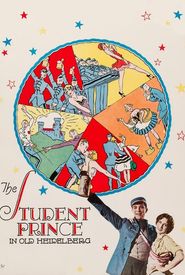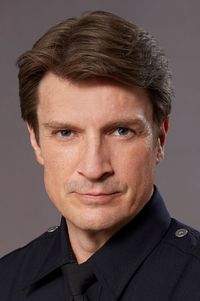Philippe De Lacy, a former silent film era child actor, was born on July 25, 1917, during World War I.
Born fatherless, Philippe lost his mother and five siblings when a German shell devastated the family home when he was just two days old. He was kept alive in the basement of his grandmother's house and later adopted by Mrs. Edith De Lacy, associated with the U.S. Woman's Overseas Hospital.
After the war, Mrs. De Lacy brought Philippe to America, where his striking looks soon created opportunities for him as a model for magazine advertisements. His modeling assignments brought him to the attention of Hollywood, and he appeared in his first film at the age of four.
Phillipe's childhood story was used as the subject of a fictional children's book, Little Philippe of Belgium, written by Madeline Brandeis as part of her "Children of the World" series.
De Lacy freelanced for several studios in the 1920s, mostly for Paramount. He played notable roles, including Michael Darling in the classic silent version of Peter Pan, the young Don Juan in John Barrymore's Don Juan, and the young prince Karl Heinrich in Ernst Lubitsch's The Student Prince in Old Heidelberg.
In 1927, he starred with Greta Garbo and John Gilbert in Love, an updated version of the Tolstoy novel Anna Karenina. However, when the sound era arrived, De Lacy's acting career declined, and he never transitioned to adult acting.
Apart from his films, De Lacy also worked in theatre. He retired from the screen in the early 1930s, having lost his boyish charm by his early teens.
De Lacy shifted his focus to the production end of films, becoming a producer, director, and cinematographer. He worked as an assistant to director Louis De Rochemont and was involved in the 1940 film The Ramparts We Watch.
He eventually became an executive with the J. Walter Thompson advertising agency, a position he held for over 25 years. De Lacy's first credit was in 1942 as an editorial associate for the US armed forces propaganda film We Are The Marines.
He was involved in another documentary in 1944, this time for the US Navy, filmed aboard the carrier Yorktown. De Lacy was the cinematographer in The Fighting Lady, which won the 1945 Oscar for Best Documentary.
De Lacy then turned his hand to directing a television series in 1950 and became manager of a local Hollywood television station.


































